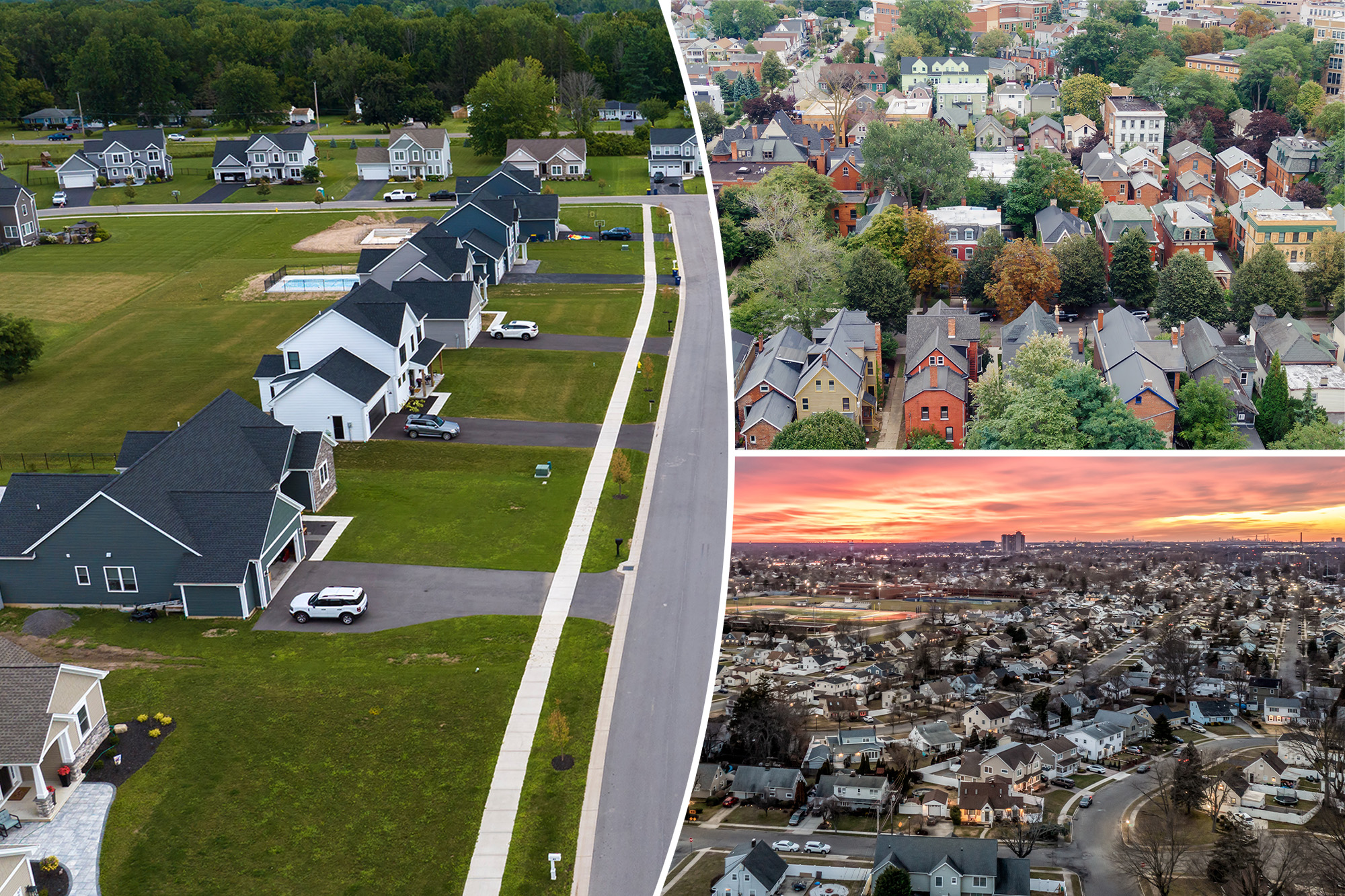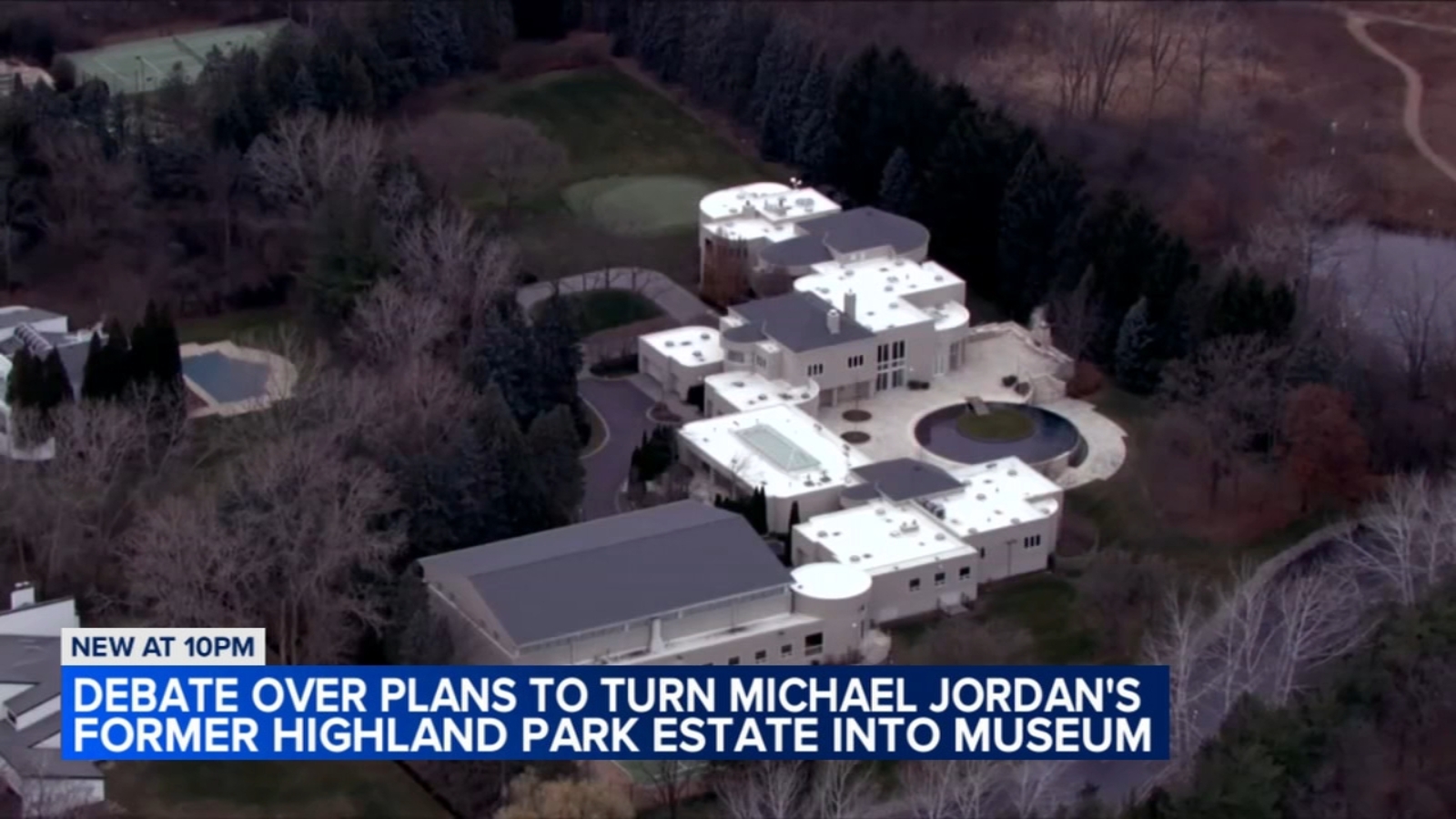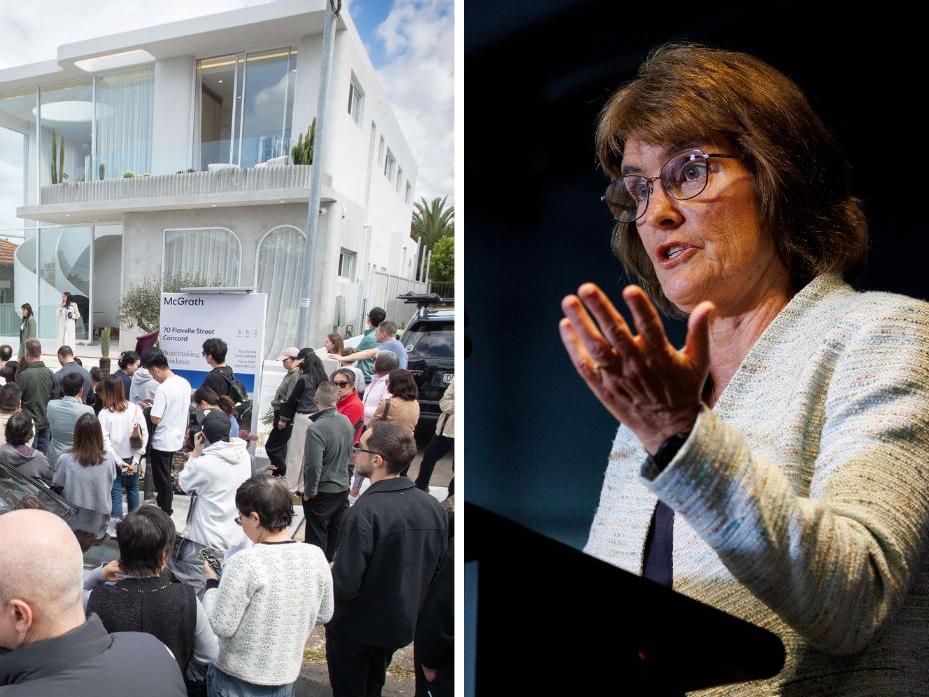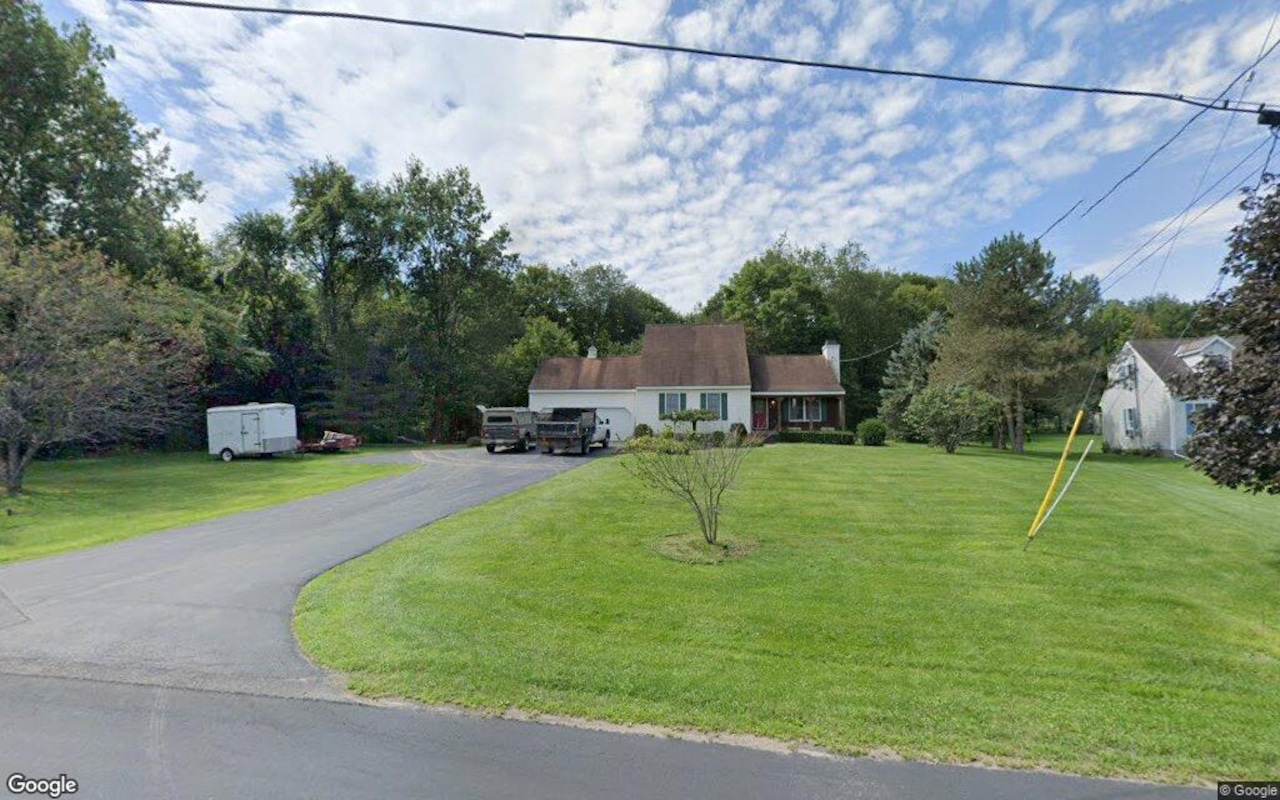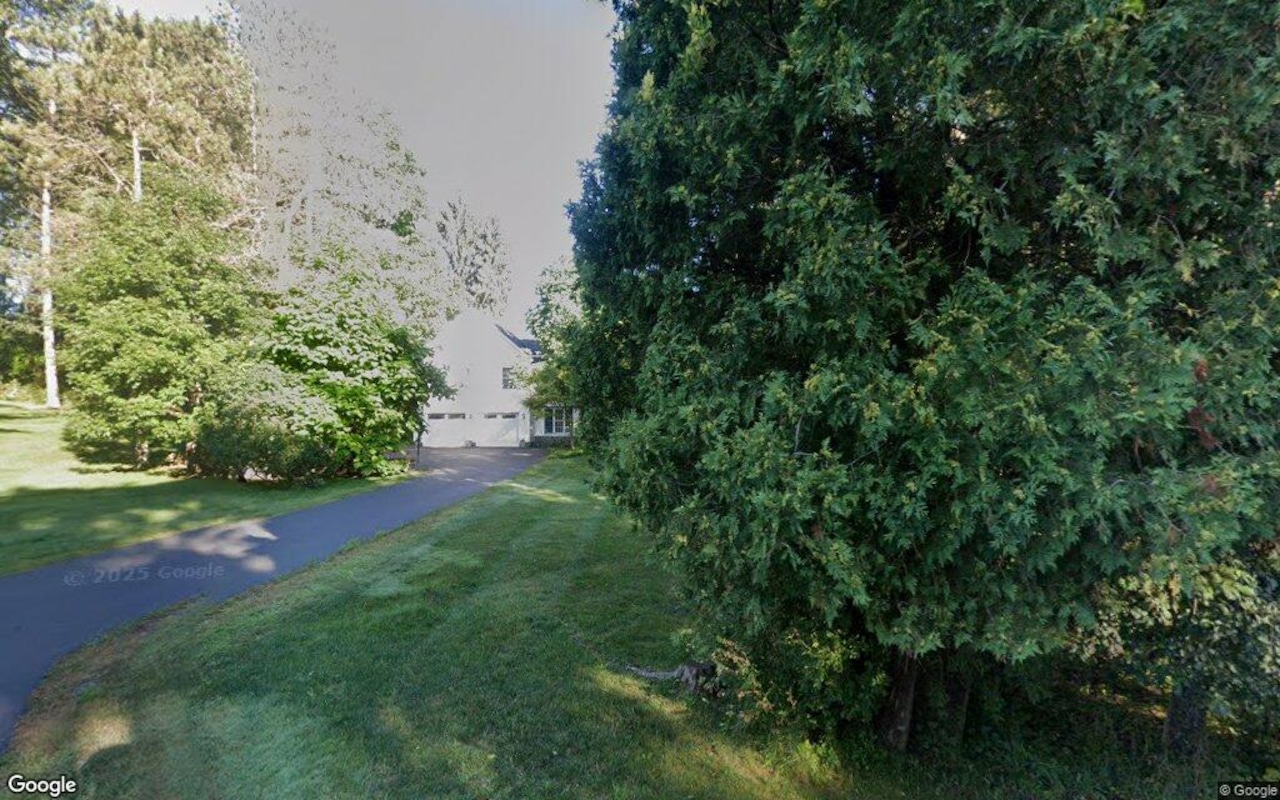I
n the midst of a sluggish US housing market, New York's metro areas are bucking the trend with breakneck sales pace. According to Redfin data, Rochester emerged as the nation's fastest-selling market in January 2025, with homes flying off the shelves in just 13 days.
Rochester's speedy sales are not an isolated phenomenon; its neighboring cities are also defying the national slowdown. Buffalo, for instance, saw properties sell in a median of 16 days, while Albany clocked in at 25 days. Long Island's Nassau County rounded out New York's strong showing among the top 10 quickest markets.
The Empire State's dominance in speedy sales points to robust demand, driven by relative affordability and steady economic activity in these metros compared with pricier coastal hubs. "Those areas are post-industrial," notes Kirsten Jordan of the Corcoran Group. "They had a boom in the [20th century], where people built homes and lived there, working in factories, but then they left as industrialization declined."
This has left behind a supply of older, often fixer-upper homes that remain affordable, with median prices aligning closer to the national range. That makes a huge difference for young people who want to stabilize their living costs.
In contrast, parts of the Sun Belt are experiencing a slowdown, particularly South Florida. Fort Lauderdale homes lingered on the market for 92 days, while Miami's took 89 days – both of which were booming markets during the pandemic.
Other factors contribute to the region's slow sales, including a shortage of homes and rising costs of living. "The northeast, and particularly New York, continues to be challenged by the lack of inventory," says appraiser Jonathan Miller of Miller Samuel. "Coming out of the pandemic, significant domestic migration southward caused overbuilding in those areas."
Florida's metro areas face additional challenges, including high insurance costs due to flood and natural disaster coverage, as well as infrastructure strain. "If you've been to Miami recently...you literally have to drive around between 10 a.m. and 3 p.m., otherwise you can't get anywhere," Jordan notes.
The contrast underscores a bifurcated market, where local factors like pricing and job growth drive outcomes. New York's fast markets benefit from "good solid infrastructure and quality of life," fostering sustained demand.
